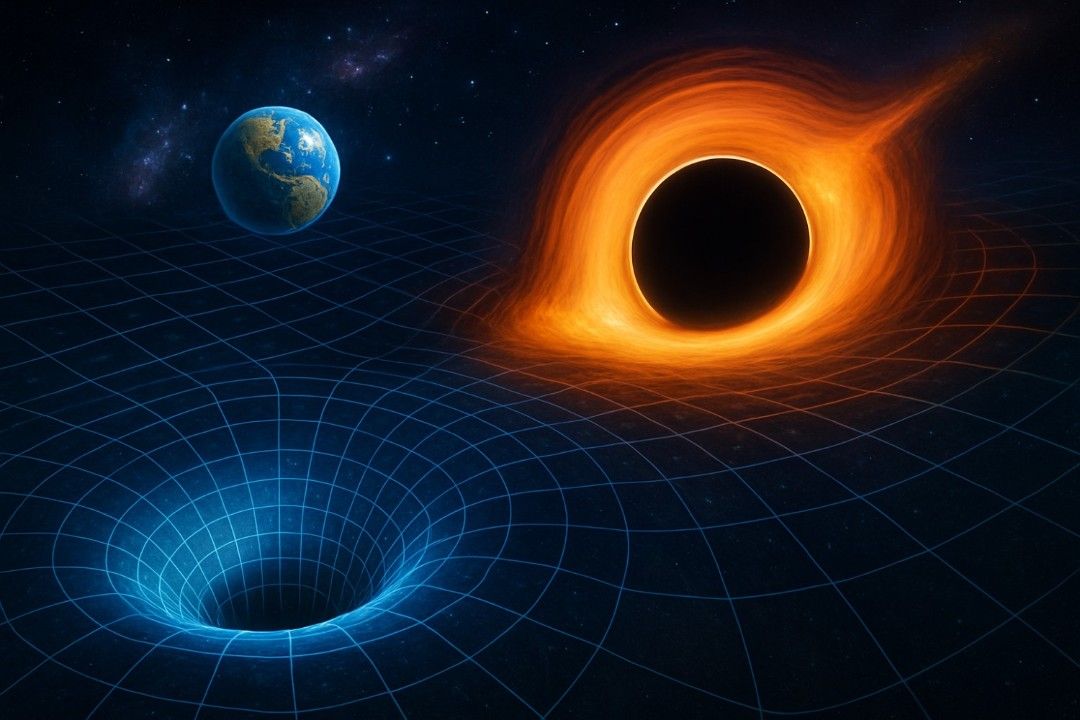Space and time are far more complex than they appear at first glance. What once appeared as an ordinary stage for the universe’s events is now understood to be a dynamic, flexible fabric with properties that boggle the imagination. The mysteries of space-time challenge everything we think we know about reality—from how we move, to the very flow of time itself. Prepare to uncover the strangest, most mind-blowing secrets that science has revealed about the cosmos.
1. Space-Time Is a Four-Dimensional Fabric
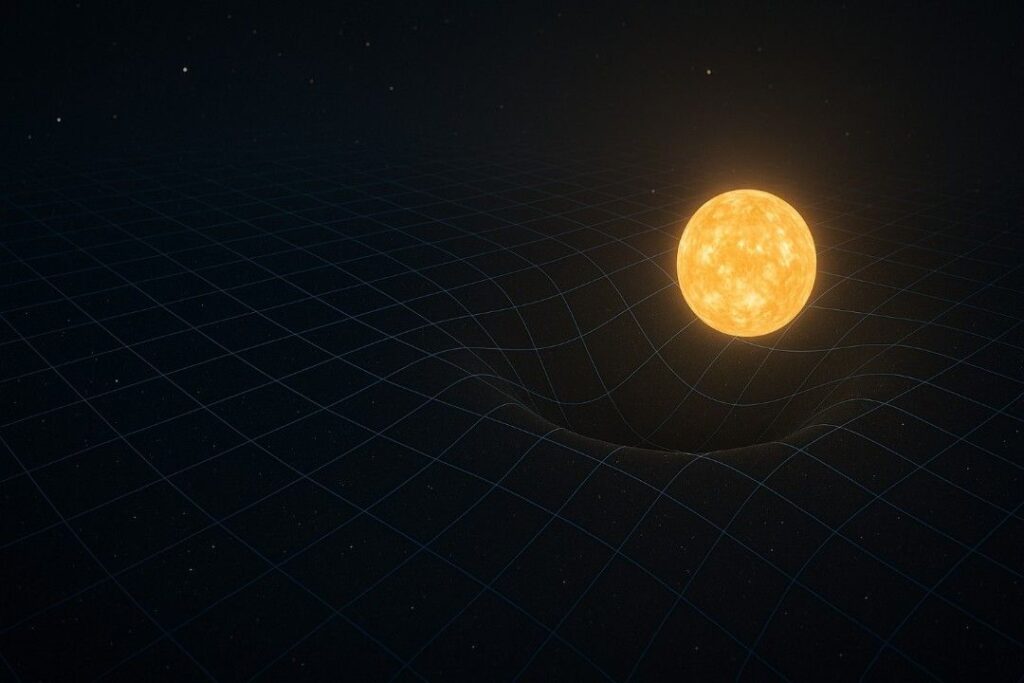
Space and time are interconnected in ways that defy common sense. While we move freely in three spatial dimensions—length, width, and height—Einstein’s theory of relativity showed that time forms a fourth dimension, merging with the other three into what’s called the “space-time continuum.”
This four-dimensional fabric bends and warps in response to mass and energy, fundamentally shaping the motion of planets, light, and even time itself. The concept is visualized like a trampoline: a heavy object causes a dip, and smaller objects roll toward it, illustrating gravity’s effect. Without this four-dimensional unity, modern physics as we know it would simply fall apart.
2. Gravity Is the Warping of Space-Time
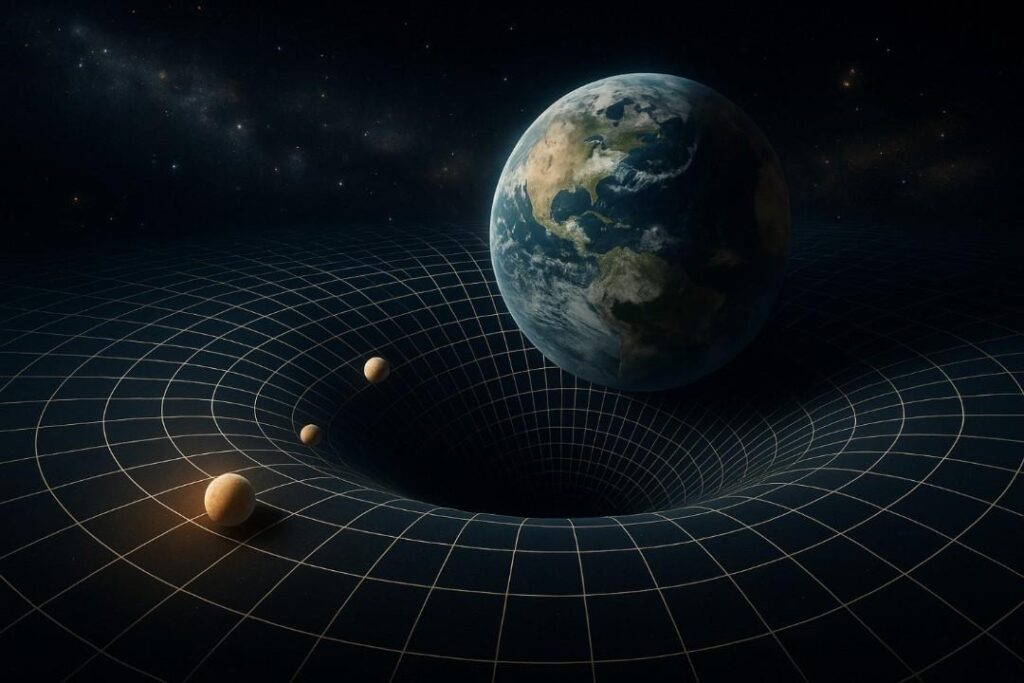
For centuries, gravity was thought to be a mysterious force pulling objects together. Einstein flipped this idea by showing that gravity is actually the result of massive bodies, like stars and planets, curving the fabric of space-time. Envision a bowling ball on a stretched rubber sheet; marbles nearby spiral inward due to the sheet’s warp, not an invisible force.
This revelation explains why satellites orbit Earth, why the Moon circles our planet, and why galaxies cluster together in the vastness of space. The warping of space-time is the true architect behind gravity’s familiar pull.
3. Time Moves Slower in Strong Gravity
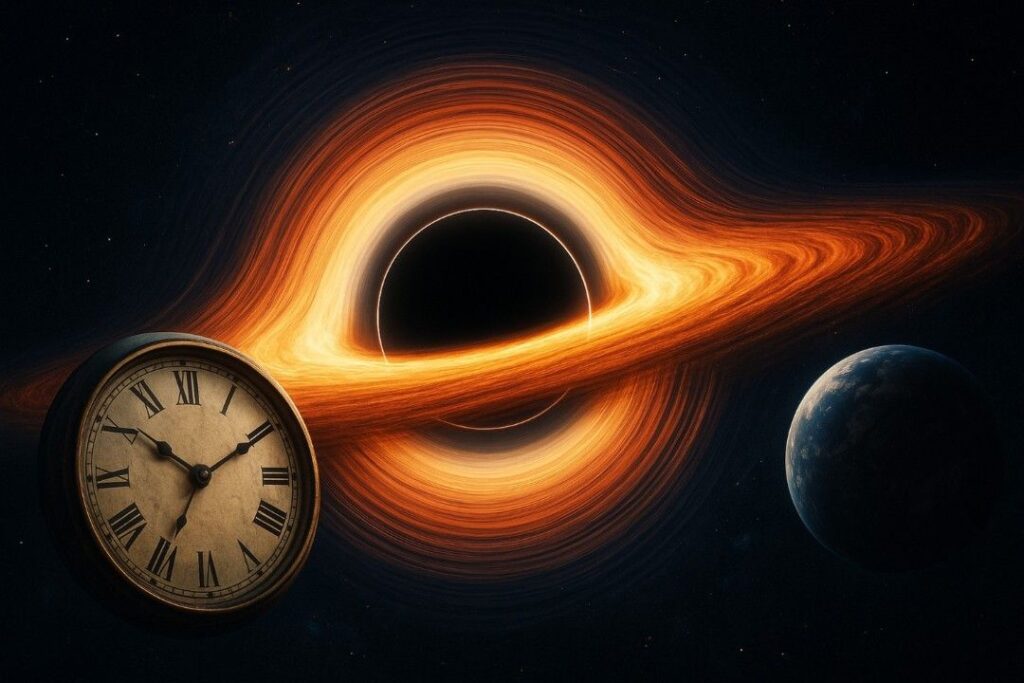
Time does not tick at a constant rate throughout the universe. The closer you are to a massive object, like a planet or black hole, the slower time moves relative to someone farther away. Experiments involving highly precise atomic clocks placed at different altitudes have confirmed this phenomenon, called gravitational time dilation.
Astronauts orbiting Earth age ever so slightly faster than people on the surface. In the extreme gravity near a black hole, time can slow to a near standstill—a key plot point in the film “Interstellar.” This effect is critical for technologies like GPS, which must account for differences in time between satellites and Earth.
4. The Universe Has No Center

It’s a common misconception to picture the universe expanding from a central point, like a bomb going off. In reality, space itself is stretching everywhere at once, and every point in the universe can be considered the “center” from its own perspective.
This means there’s no privileged vantage point or absolute reference frame in the cosmos. Galaxies move away from each other because the space between them is expanding, not because they’re flying away from a single explosion site. This mind-bending truth is a cornerstone of modern cosmology and the Big Bang theory.
5. Black Holes Warp Space and Time to the Extreme
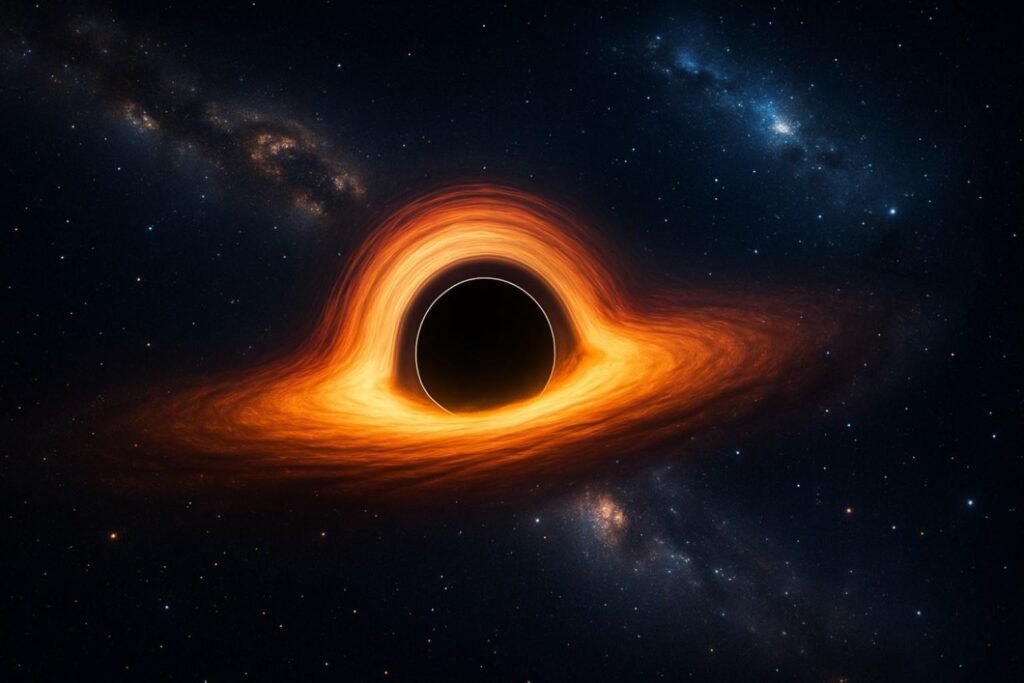
Black holes are cosmic objects where gravity becomes so intense that not even light can escape. Their immense mass compresses into a tiny region, causing space-time to curve infinitely. Near a black hole, distances stretch and time slows dramatically.
The boundary beyond which nothing can return is called the event horizon. Some theories suggest that information falling into a black hole could be encoded on its surface, not its center—a concept that fuels the ongoing “information paradox” debate. Black holes remain one of the most compelling and mysterious demonstrations of how extreme the warping of space-time can become.
6. The Speed of Light Is the Cosmic Speed Limit
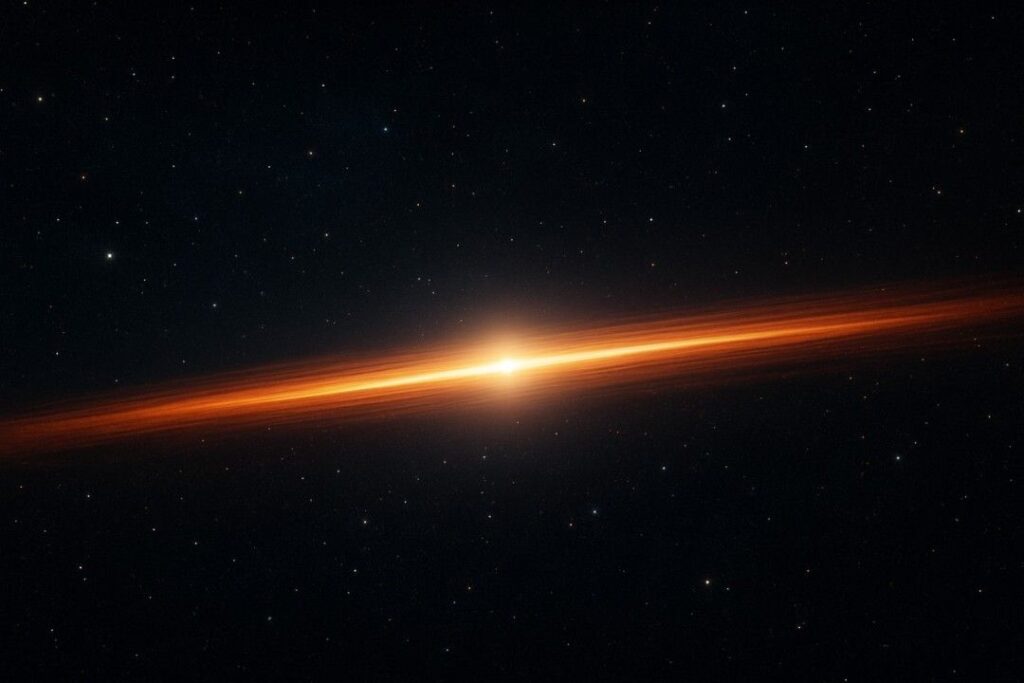
Nothing in the universe can travel faster than the speed of light in a vacuum, which is about 299,792 kilometers per second (186,282 miles per second). The structure of space-time itself enforces this cosmic speed limit—it isn’t just a rule of thumb.
As an object approaches the speed of light, its mass increases and time slows down for it, requiring infinite energy to reach light speed. This fundamental barrier keeps causality intact and ensures that effects can’t precede their causes. The unbreakable speed limit has profound implications for communication, travel, and the very nature of reality.
7. Wormholes: Shortcuts Through Space-Time
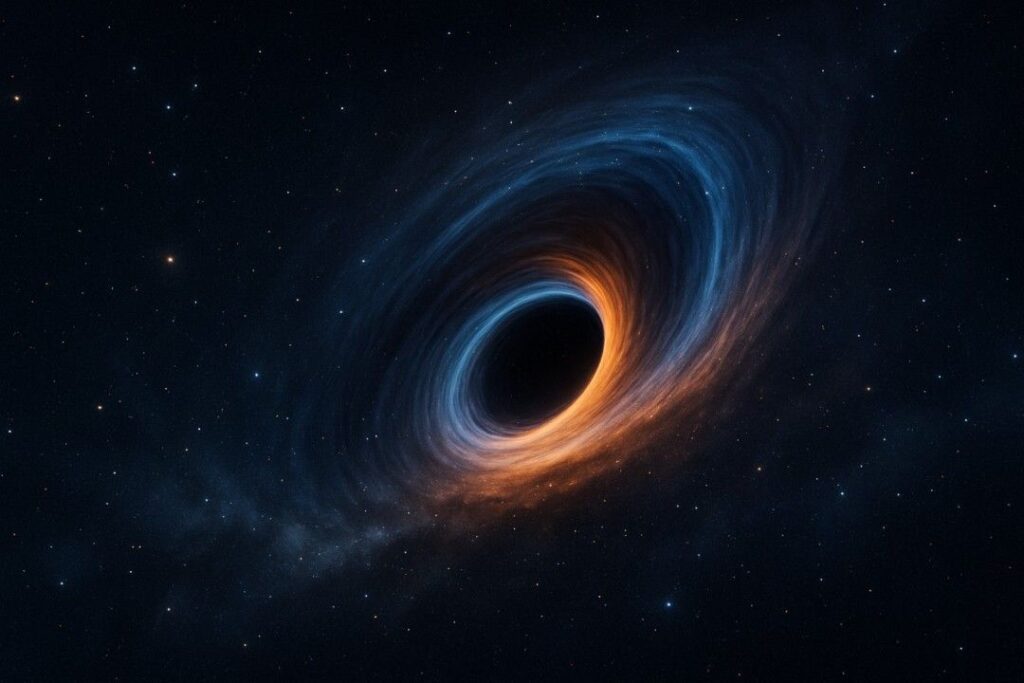
Wormholes are theoretical passages that link far-flung locations in space-time. Predicted by Einstein’s equations, these “bridges” could, in theory, allow for near-instantaneous travel across vast cosmic distances—or even to other universes.
While no wormholes have been observed, their mathematical plausibility keeps them at the forefront of both scientific and science fiction discussions. To remain stable, a traversable wormhole might require exotic matter with negative energy, something yet to be discovered. If such passages exist, they could revolutionize space travel and challenge our understanding of cause and effect.
8. Time Travel Is (Sort of) Allowed by Physics
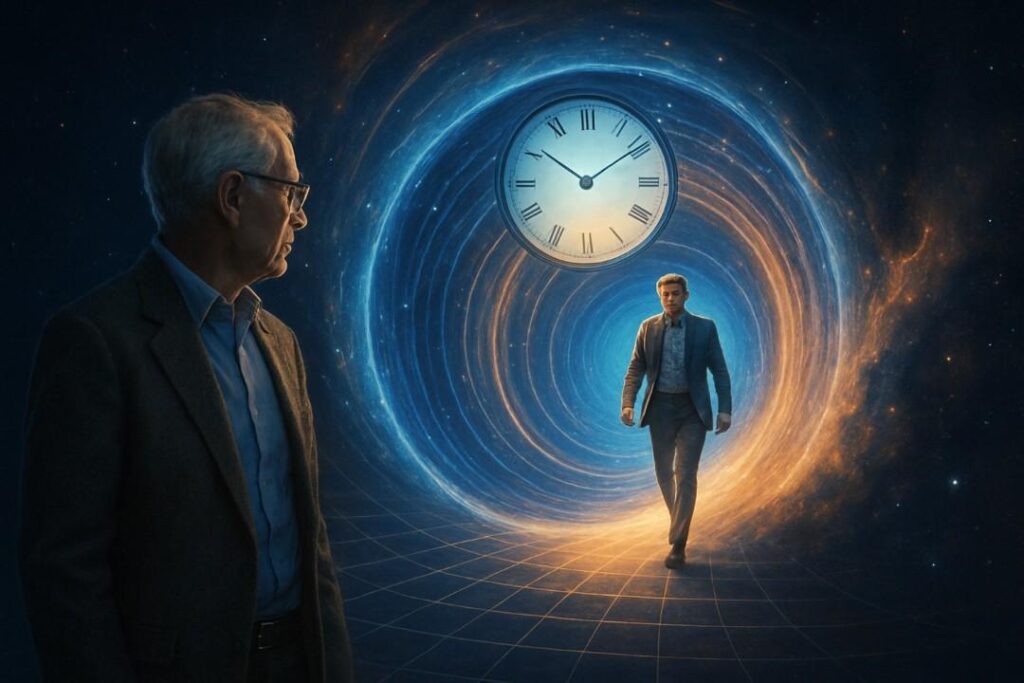
While traveling backward in time remains in the realm of science fiction, some solutions to Einstein’s equations allow for “closed timelike curves”—loops in space-time where you could, in theory, meet your past self. These require conditions such as rotating black holes or cosmic strings, which may not exist naturally.
Time travel into the future, however, is well-documented: moving at speeds close to light or living near intense gravity can send you far into the future relative to others. While practical time machines remain elusive, physics hasn’t ruled out all possibilities for time travel.
9. The Arrow of Time: Why Time Moves Forward
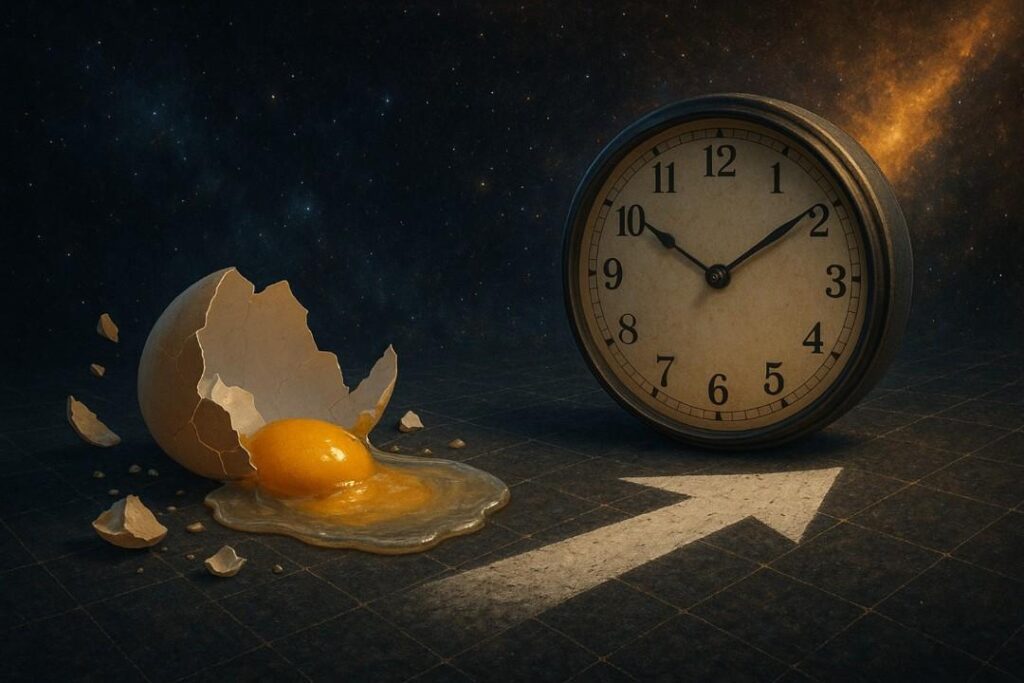
Despite space and time being entwined, time stubbornly flows in only one direction—from past to future. This “arrow of time” is tied to the concept of entropy: the universe naturally evolves from order to disorder.
Eggs don’t un-crack, and cream doesn’t un-mix from coffee, because reversing entropy would defy the fundamental laws of thermodynamics. While the basic equations of physics are time-symmetric, meaning they work the same forwards or backwards, the universe’s initial conditions and the growth of entropy give time its one-way street.
10. Space Can Stretch Faster Than Light
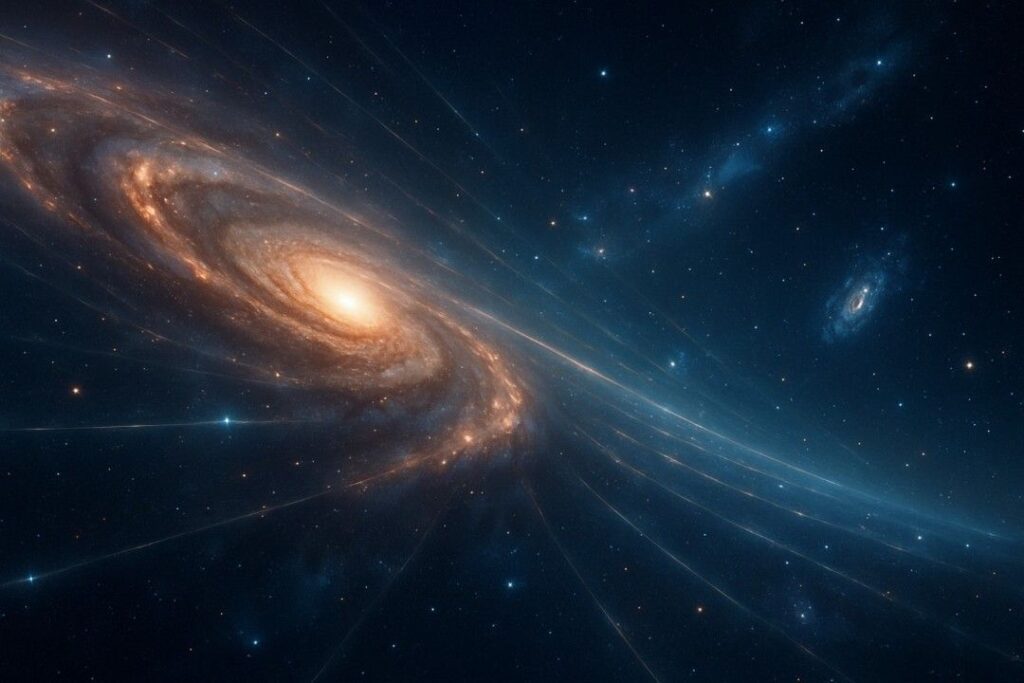
Though nothing can move through space faster than light, space itself can expand at any speed. During a period called cosmic inflation, the early universe ballooned exponentially in size, stretching space much faster than light could travel.
Even today, regions of space billions of light-years away are receding from us so rapidly due to cosmic expansion that their light will never reach Earth. This runaway stretching does not violate Einstein’s speed limit because it’s space itself, not objects moving within it, that’s expanding.
11. Quantum Entanglement Defies Space-Time
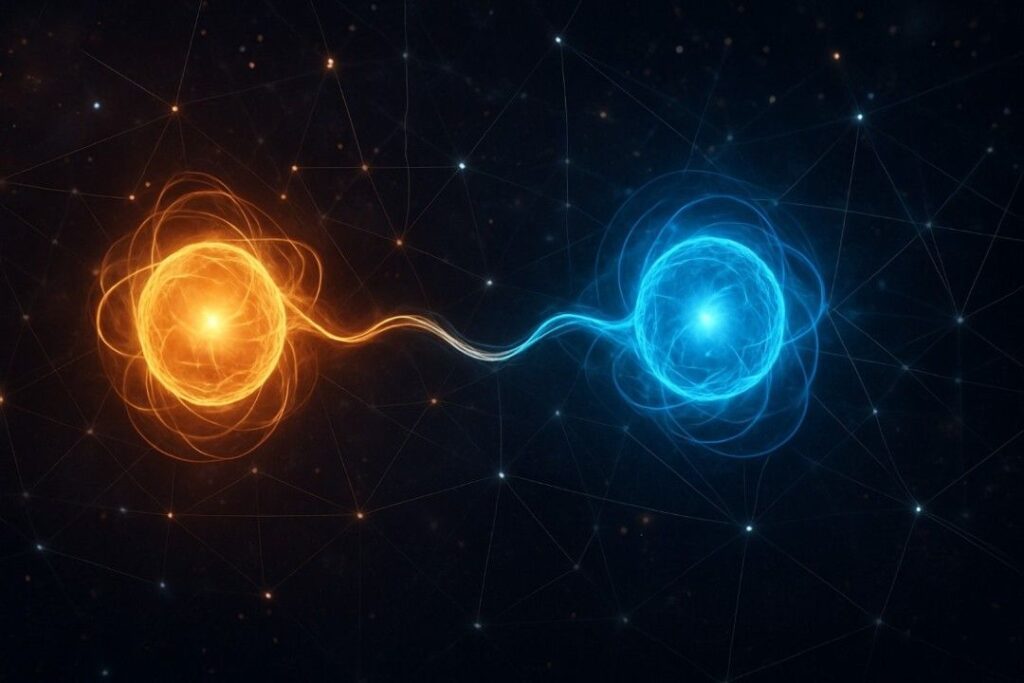
Quantum entanglement links particles in such a way that measuring one instantly affects the state of the other, regardless of the distance separating them. This “spooky action at a distance,” as Einstein called it, seems to violate the limits imposed by space-time.
However, no usable information travels faster than light, so causality remains safe. Entanglement challenges our understanding of locality—the idea that objects are only directly influenced by their immediate surroundings—and suggests a deep, hidden layer to the universe beyond space-time itself.
12. The Twin Paradox: Time Dilation in Action
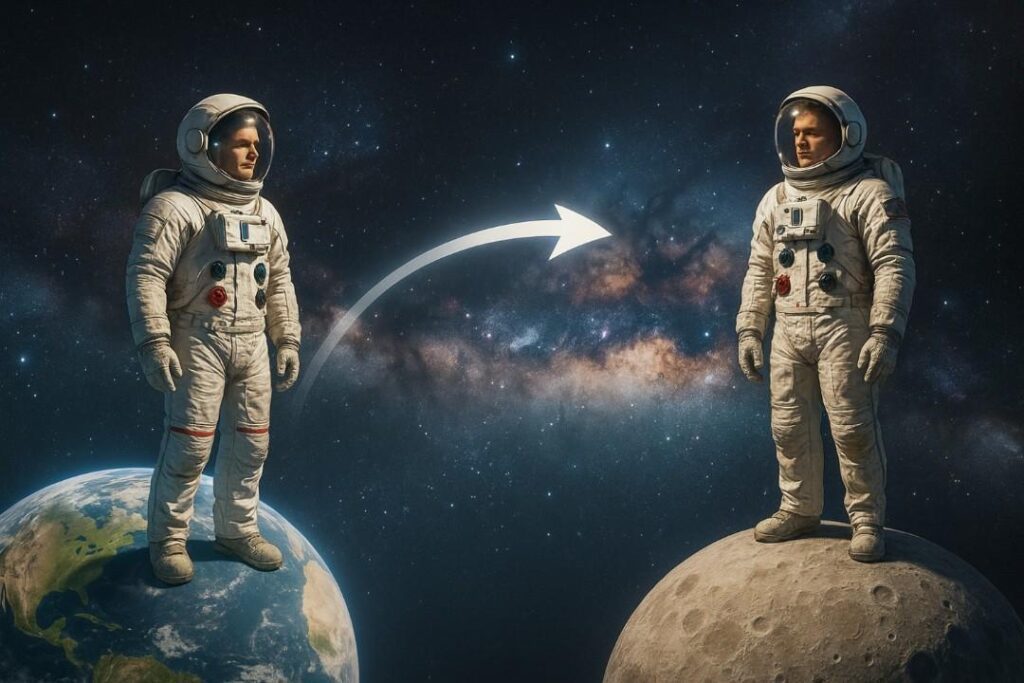
The famous twin paradox illustrates the bizarre consequences of Einstein’s relativity. Imagine one twin embarks on a high-speed space journey while the other stays on Earth. When the traveling twin returns, they will have aged less than their sibling.
This time dilation has been measured with fast-moving particles and atomic clocks on jets. The paradox is resolved by noting that the traveling twin experienced acceleration and deceleration, breaking the symmetry. This thought experiment reveals just how flexible—and counterintuitive—time becomes at relativistic speeds.
13. The Expanding Universe and Redshift
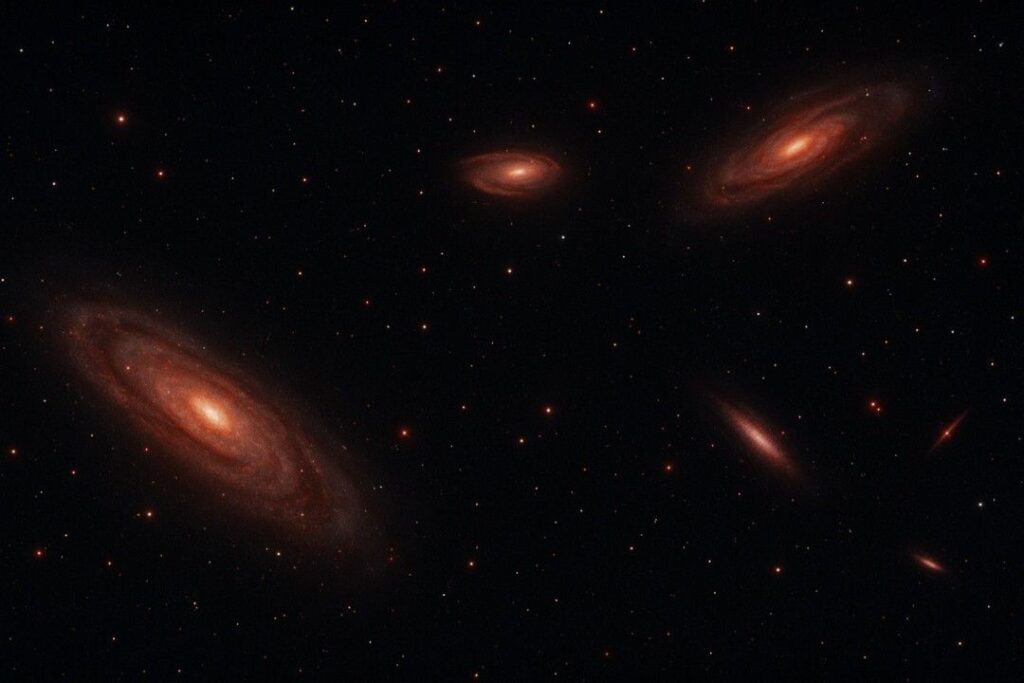
The universe is expanding, and the light from distant galaxies shifts toward the red end of the spectrum—a phenomenon called redshift. This is direct evidence that space itself is stretching, not that galaxies are simply moving through space.
As space expands, it elongates the wavelength of light traveling across it. Redshift measurements have allowed astronomers to estimate the age and size of the universe, uncovering its 13.8-billion-year history and revealing the ongoing acceleration driven by mysterious dark energy.
14. Simultaneity Is Relative

Events that seem simultaneous to one observer may not appear that way to another, depending on their relative motion. This is the relativity of simultaneity, a direct result of Einstein’s theory.
For example, two lightning strikes at either end of a moving train might appear to happen at the same moment to someone standing outside, but a passenger on the train would see one strike before the other. This reveals that time is not absolute; the order and timing of events depend on where—and how fast—you are.
15. Light Bends Around Massive Objects
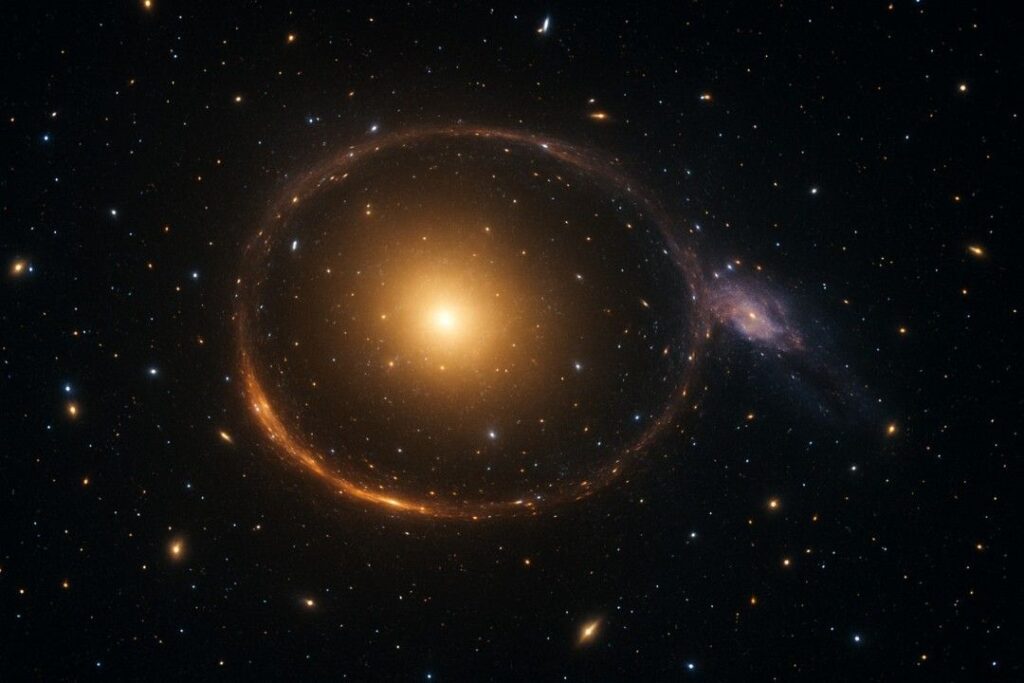
Gravitational lensing occurs when massive objects like galaxies bend the path of light traveling near them, acting like cosmic magnifying glasses. This bending of light, first confirmed during a 1919 solar eclipse, is one of the most stunning confirmations of general relativity.
Gravitational lensing allows astronomers to observe distant galaxies, study dark matter, and even detect planets orbiting other stars. The ability of gravity to warp the path of light itself illustrates the profound malleability of space-time.
16. Space-Time Can Ripple: Gravitational Waves
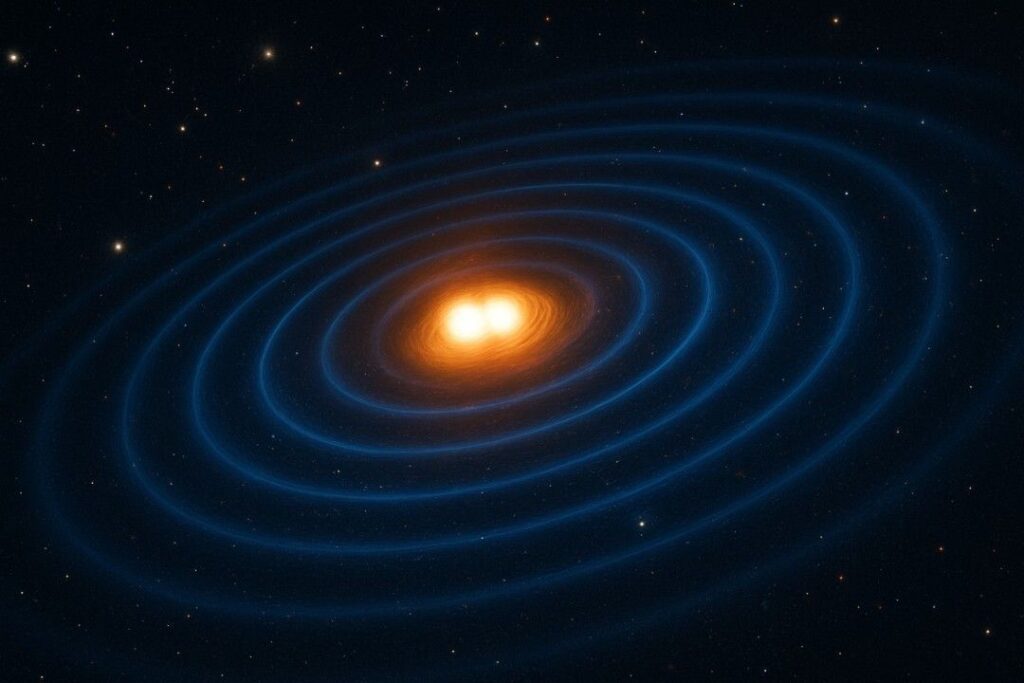
Gravitational waves are ripples in the fabric of space-time, produced by cataclysmic events like merging black holes or neutron stars. First directly detected by LIGO in 2015, these waves travel at the speed of light, stretching and squeezing space as they pass.
Gravitational wave astronomy is revolutionizing our ability to observe the universe, opening a new window into events previously hidden from view. Their discovery confirms a key prediction of general relativity and demonstrates that space-time is not static, but dynamic and responsive.
17. The Cosmological Constant: Vacuum Energy of Space-Time
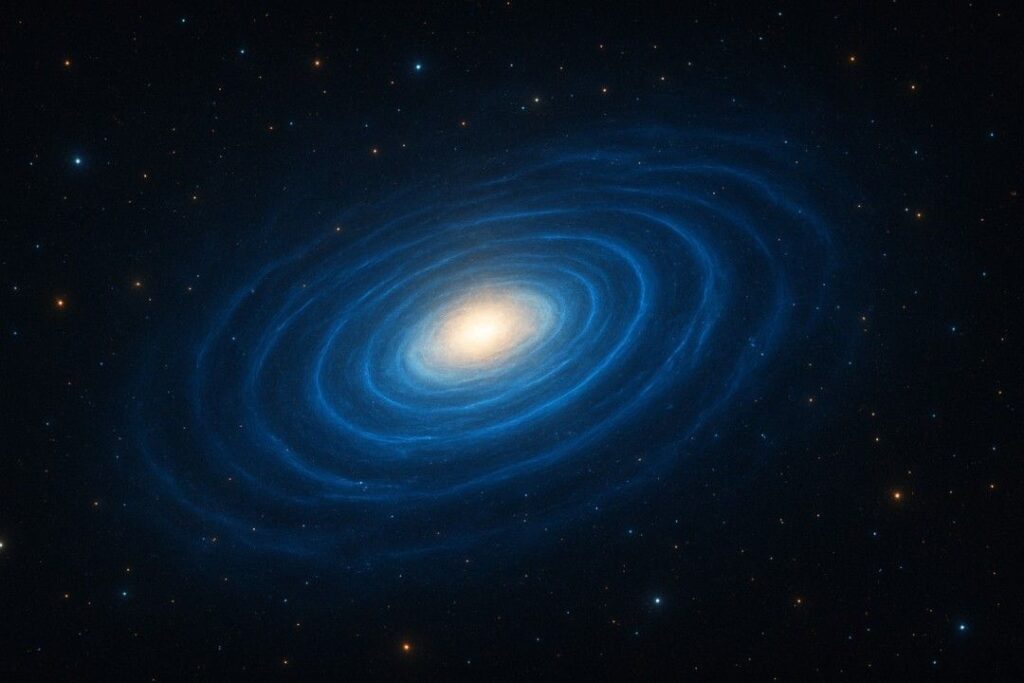
Einstein introduced the cosmological constant as a fudge factor to keep the universe static—a move he later called his “biggest blunder.” Ironically, modern cosmology revived this constant to explain the accelerated expansion of the universe, now attributed to dark energy.
The cosmological constant represents the vacuum energy inherent to space-time itself, a force that pushes the universe apart. Its true nature remains one of the deepest mysteries in physics, blurring the line between empty space and energetic potential.
18. You’re Moving Through Space-Time Right Now
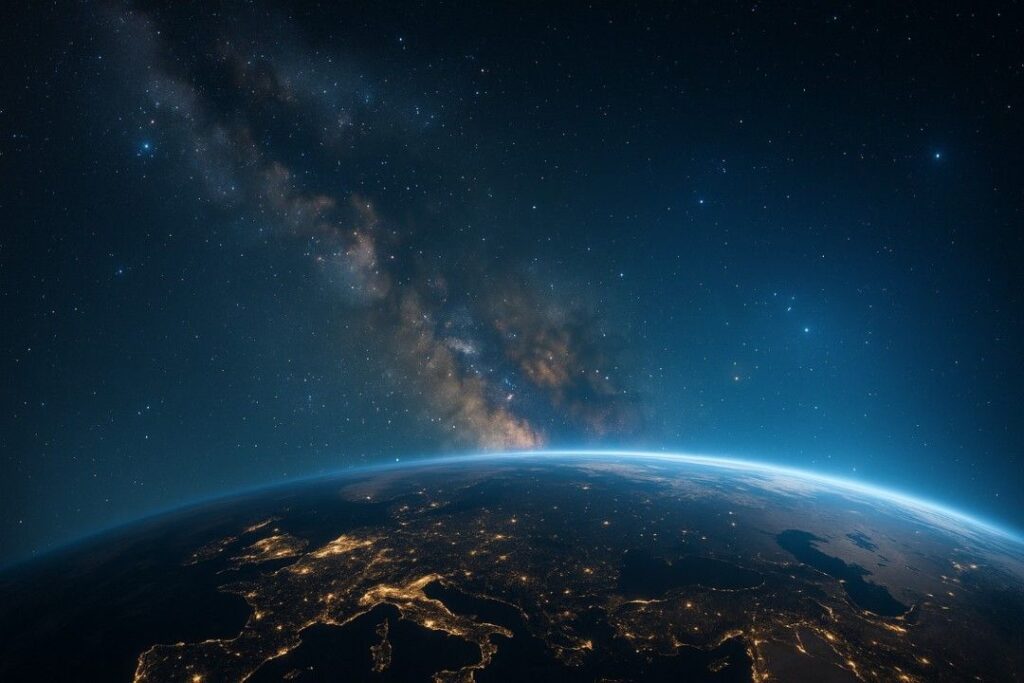
Even if you’re sitting still, you’re speeding through space-time. Earth spins on its axis, orbits the Sun, and hurtles around the galaxy. All the while, you’re moving through time at a steady pace—one second per second. This motion means that your “now” is slightly different from everyone else’s.
The concept of “proper time” describes the unique path each person takes through space-time, depending on their speed and position. This interconnectedness is a subtle, ever-present reminder of our place in the cosmic dance.
19. The Universe May Be Finite—But Has No Edge
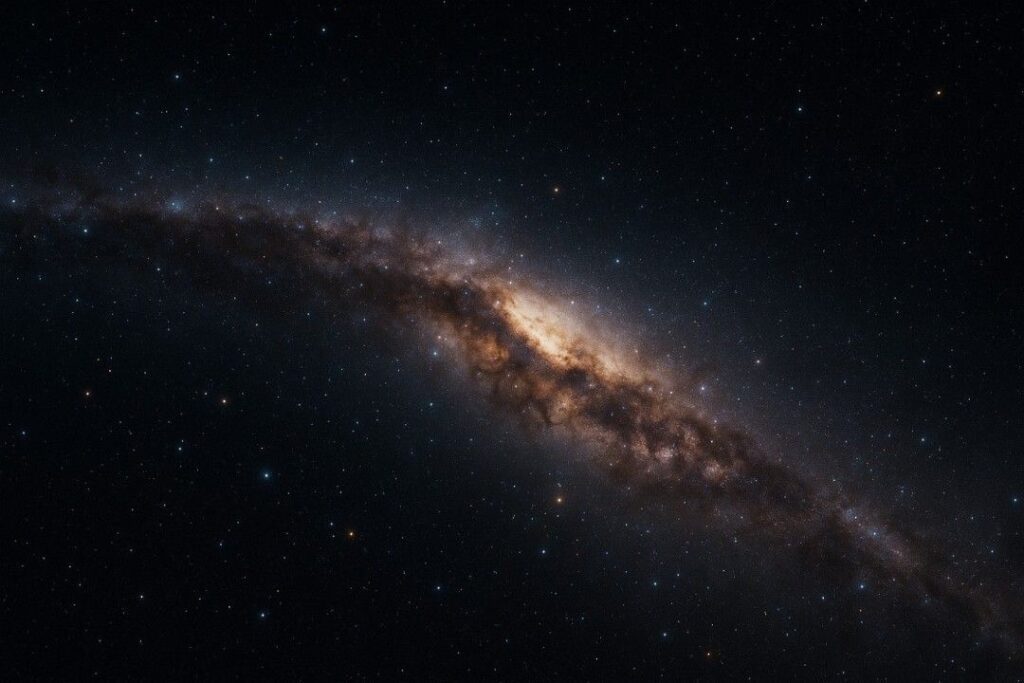
Space can be curved in such a way that it’s finite but unbounded—like the surface of a sphere, which loops back on itself with no edge or center. The universe may operate on similar principles in higher dimensions, forming a closed, yet limitless, expanse.
If you traveled far enough in one direction, you might eventually return to your starting point, though this remains a theoretical possibility. This counterintuitive concept upends our ideas of boundaries and infinity, making the universe’s true shape a profound puzzle.
20. Space-Time Could Emerge From Quantum Physics
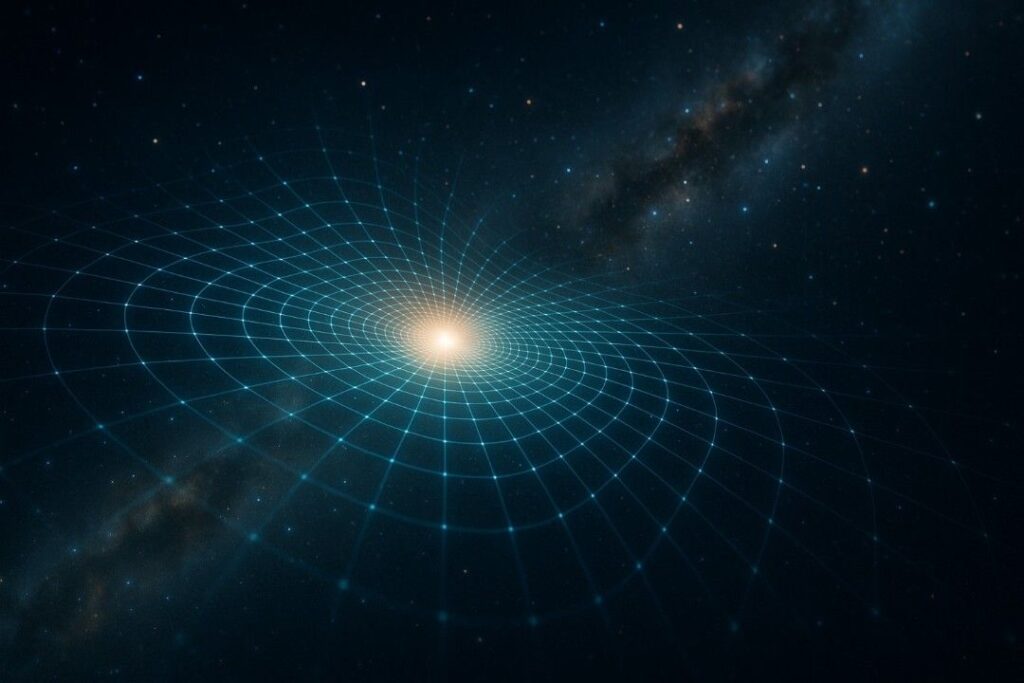
Some physicists propose that space-time itself isn’t fundamental, but emerges from the strange rules of quantum mechanics. The idea is that quantum entanglement—the web of connections between particles—somehow gives rise to the geometry of space and the flow of time.
This revolutionary perspective, called “emergent space-time,” seeks to unite general relativity and quantum theory, our two most successful but incompatible models of reality. If true, it would mean that space and time are built from the ground up, woven from the fabric of the quantum world.
21. Time Can Freeze at the Edge of a Black Hole
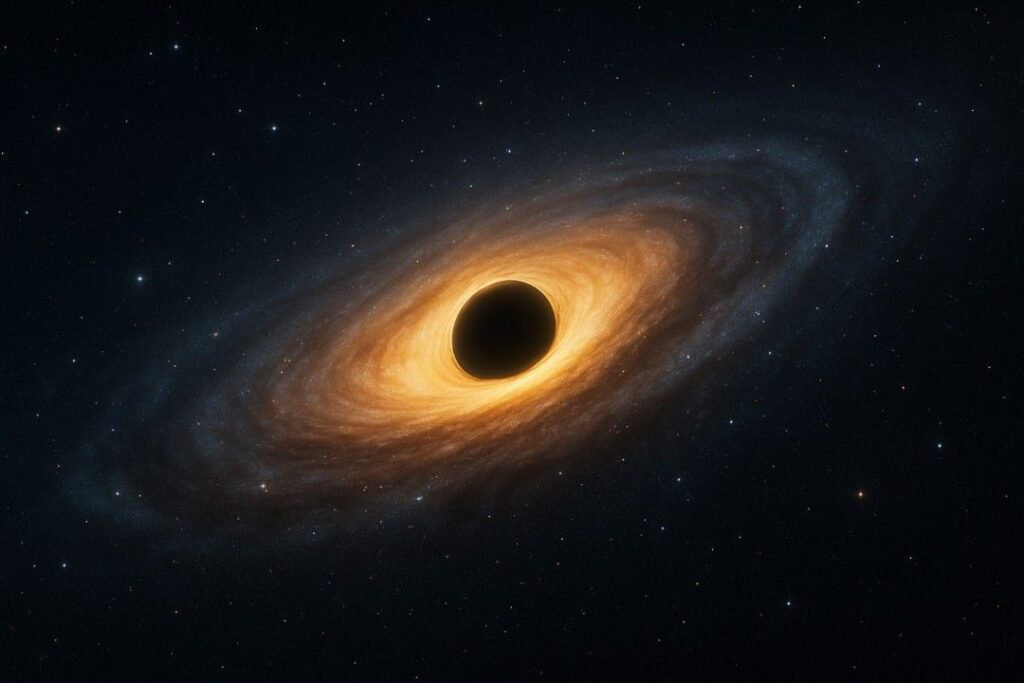
As an object nears the event horizon of a black hole, time seems to slow down when observed from the outside. To a distant viewer, the object seems to move slower and slower, never quite crossing the event horizon. From the object’s perspective, however, time continues normally as it plunges in.
This phenomenon, known as “gravitational time dilation,” demonstrates just how flexible and subjective time can be near the universe’s most extreme objects. Black holes offer a natural laboratory for exploring the limits of our understanding of time itself.
22. The Universe Could Be a Hologram

The “holographic principle” is a radical idea suggesting that all the information contained within our three-dimensional universe may actually be encoded on a two-dimensional surface at its boundary. This concept comes from attempts to resolve paradoxes in black hole physics and quantum gravity.
If true, our experience of space and time might be akin to a hologram—a three-dimensional projection of underlying information. Research into the holographic principle is ongoing, but it challenges our most basic assumptions about the structure of reality.
23. Time Has No Meaning Before the Big Bang
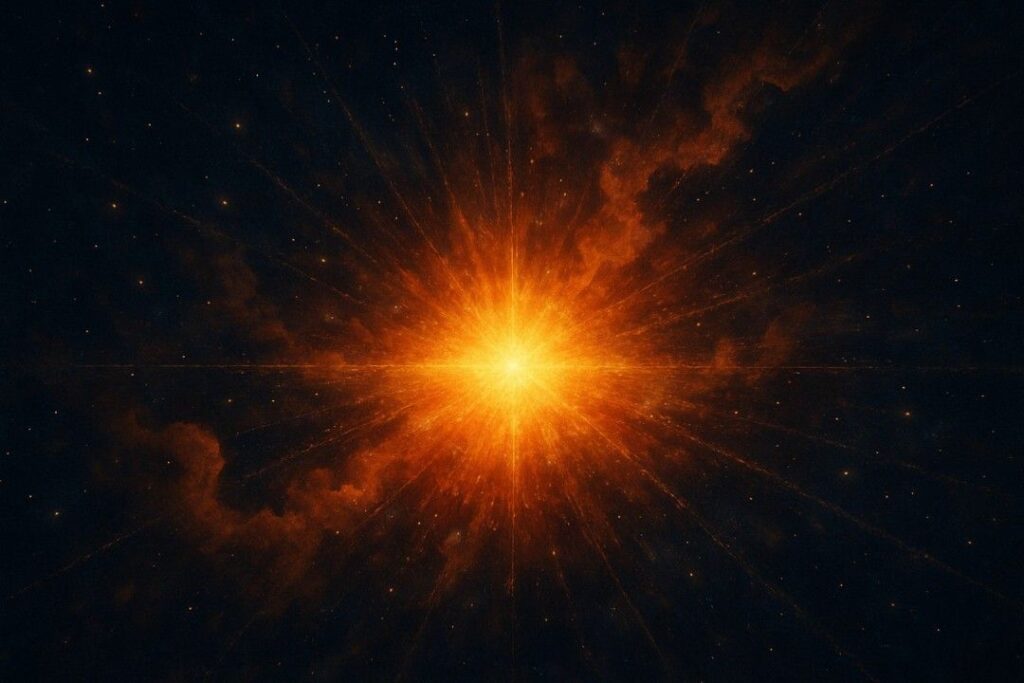
According to our best scientific theories, time as we know it began with the Big Bang. Asking what happened “before” the Big Bang may not even make sense, since both space and time emerged together from this singular event.
In this context, “before” has no physical meaning because time itself did not exist yet. This is a deeply counterintuitive idea, suggesting that the universe—and time—has a finite history, and that causality itself is rooted in the birth of space-time.
24. Space-Time Foam: The Universe at Its Smallest Scale

At unimaginably tiny scales, space-time is believed to be anything but smooth. Instead, quantum theory predicts a turbulent, jittery “foam” made up of fleeting fluctuations and tiny wormholes. This concept, called “space-time foam,” was first suggested by John Wheeler.
It represents a seething sea of quantum activity at the Planck scale (about 10^-35 meters). While direct evidence is elusive, the idea underscores the strange and chaotic nature of the fabric of reality at its most fundamental level.
25. Parallel Universes Could Exist Beyond Our Space-Time
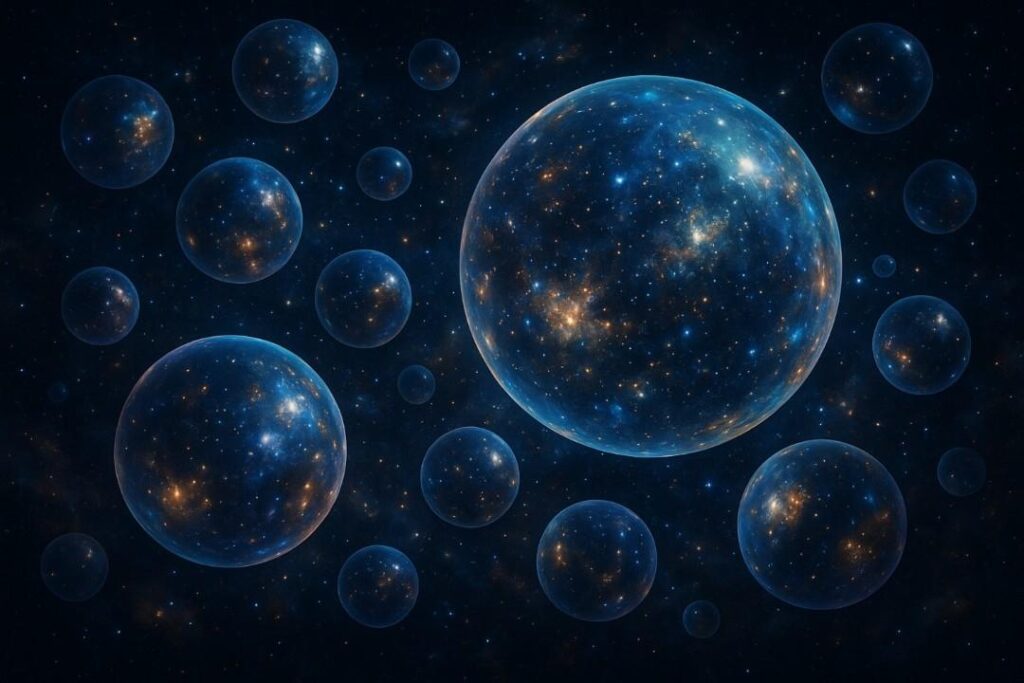
The multiverse hypothesis suggests that our universe’s space-time may be just one of countless “bubbles” in a much larger cosmic expanse. Each universe could have its own distinct space-time fabric, laws of physics, and even versions of reality.
This idea arises from both quantum mechanics and cosmic inflation theories. While there is no direct evidence yet, the possibility of parallel universes stretches the limits of imagination—and raises profound questions about what “space-time” truly means when multiplied across infinite realities.

